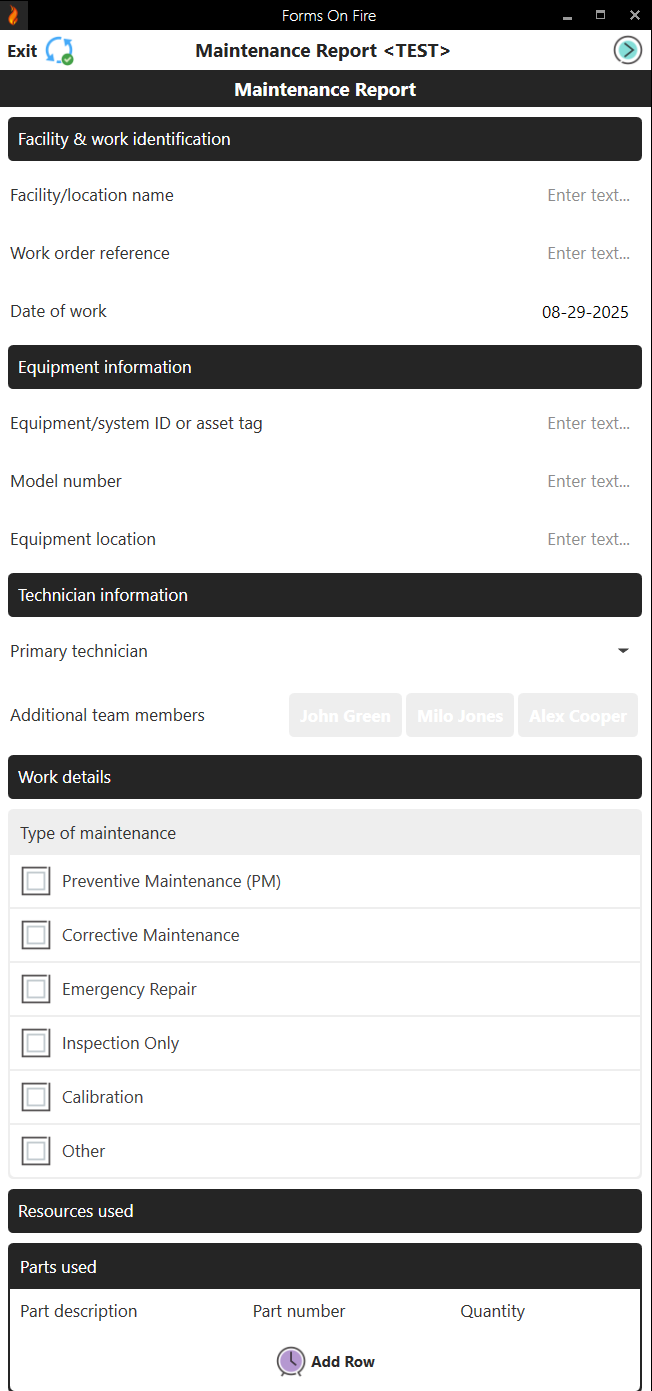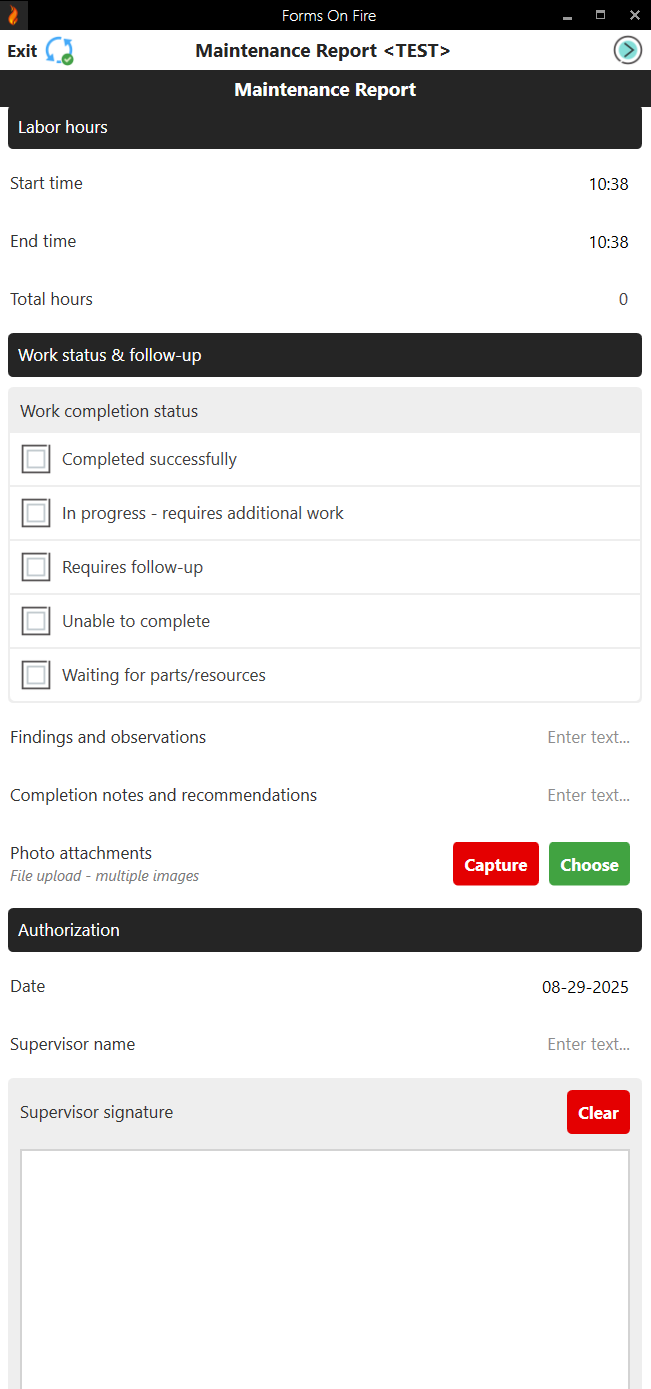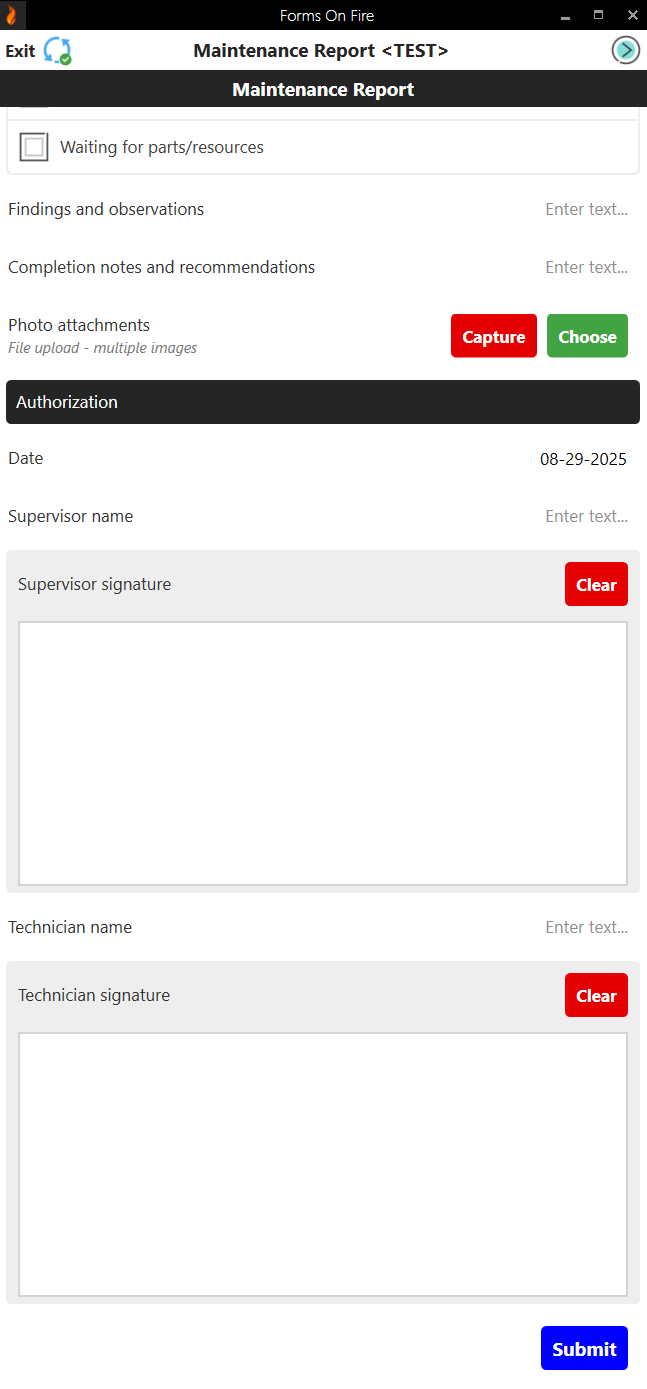Get Your Digital Maintenance Report Form
A maintenance report form is basically the paper trail for everything that happens to your equipment. It documents what you found, what you fixed, and what needs attention next.
Too many companies are still scribbling notes on clipboards that disappear, or keeping maintenance records in random Excel files that only Bob from the day shift can find.
Digital maintenance report forms fix this mess. They are easier to use and leave a digital record for internal audits, performance analysis, and compliance.
Start a free trial of Forms On Fire, grab our Maintenance Report Form Template from the database, customize it for your needs, and deploy it to your team in just minutes.
If you are more interested in learning how to build your own template, let’s see what fields you need to include and how to set up digital templates that your crew will actually like using.
What should a maintenance report form include?
Maintenance report forms are typically completed by maintenance technicians who perform the actual work. However, they are also helpful for facility managers tracking overall performance, supervisors reviewing completed jobs, contractors handling specialized repairs, inspectors conducting compliance checks, and safety officers documenting hazards.
Here are the recommended fields most maintenance report forms should include:
- Facility/location name: Used if managing multiple sites; ties report to the correct site.
- Date and time of work: When maintenance was performed.
- Report number: Unique identifier for tracking; can be tied to a specific work order. A digital system can usually generate this automatically.
- Equipment/system ID: To identify the asset/system the work relates to. It can be an asset tag or a model number.
- Technician information: Who performed work (can include name, ID, certifications).
- Type of maintenance: Preventive, corrective, or emergency work.
- Completion notes: Concise explanation of work performed.
- Parts used: Cover materials used for the work at hand (quantities, part numbers).
- Labor hours: Time spent on performing the assigned maintenance work.
- Work completion status: Completed, unable to complete, requires additional follow-up.
- Findings and observations: Filled out if there is anything to note, like equipment condition, additional issues identified, and similar.
- Technician signature: To sign off the report before completion.
Optional fields that enhance maintenance reports (but pick the ones that actually help your specific operation):
- Supervisor approval: Authorization and sign-off from a supervisor might be needed in specific situations.
- Photo attachments: Visual documentation of work or issues found.
- Downtime tracking: Recording how long the equipment was down.
- Cost tracking: Can include labor, materials, and contractor fees.
- Performance metrics: Equipment start-up time, pressure test results, temperature readings, etc.
Include enough detail to be useful, but don't make forms so complex that people skip filling them out. Start with the essentials and add optional fields based on what your specific operation needs. A simple form that gets completed beats a comprehensive one that’s never submitted or only partially filled out.
Sample maintenance report form template
While paper forms are still useful, digital maintenance report forms are way more practical. Instead of trying to fit complex equipment descriptions into tiny boxes, you have expandable text areas. Dropdown menus for maintenance types and equipment categories eliminate spelling inconsistencies and speed up data entry.
What used to require printing forms, filling them out by hand, scanning, and filing now happens entirely on your mobile device. The completed report is instantly available to maintenance managers and automatically stored in your system for compliance tracking.
Here is an example of a maintenance report form template built with Forms On Fire:
You can access it by starting a free trial and finding it in our database.
Tips for writing and managing maintenance report forms
Getting people to actually fill out maintenance forms properly is half the battle. Here are some practical tips that make the difference between forms that work and ones that collect dust:
- Keep it simple: If your form takes longer to fill out than the actual work, people will skip it.
- Use dropdown menus instead of free text wherever possible: speeds up completion and standardizes answers.
- Make critical fields required, but don't overdo it, or people will put "N/A" in everything just to submit.
- Train your team on why it matters: explain how good documentation prevents callbacks and covers their back.
- Set up mobile access: technicians shouldn't have to wait until they're back at a desk to file reports.
- Review forms regularly: if nobody ever looks at the data, your team will stop caring about accuracy.
- Close the loop: when reports identify issues, make sure follow-up work actually happens and gets documented.
- Archive completed reports systematically: you'll need this history for warranties, inspections, and troubleshooting recurring problems.
Get a digital maintenance report template from Forms On Fire
Ready to ditch the clipboards and spreadsheets? Forms On Fire makes it easy to build digital maintenance report forms that work on any mobile device. Your technicians can fill them out in the field, photos upload automatically, and all your data syncs in real time, so nothing gets lost.
The forms work offline, and you can easily customize templates to match exactly how your team works. Plus, you can integrate forms with your existing maintenance software, so you're not creating more silos.
Stop letting poor documentation turn small problems into big headaches. Start a free trial and put our huge template database to work.
You will find
Maintenance Service Request template,
Daily Work Report template, and hundreds of other useful templates for field teams across different industries.







